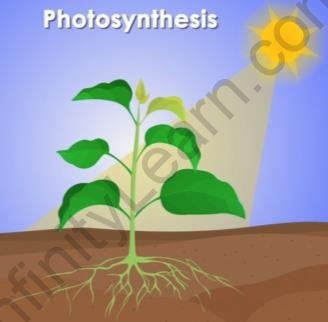Table of Contents
Table of Contents
- Photosynthesis
- Role of Minerals
- Summary
- What’s Next?
In the previous segment of the chapter of ‘Nutrition in Plants’, we got introduced to the nutrition in plants. In this segment, let us learn more about nutrition in plants.
How do Plants perform photosynthesis?

Photosynthesis
- Plants synthesize their food in the form of sugar, which is the glucose produced in the plants. Plants prepare their own food by the process of photosynthesis.
- There are three major things that plants need in this process, namely
- Carbon dioxide: Obtained from air
- Water: Absorbed through the roots
- Sunlight: Received from the sun
- Minerals: Taken through the soil after being dissolved in the absorbed water
What is the Role of minerals?
- The minerals, obtained from the soil, are like nutrients for plants.
- Substances needed to maintain the plant body and help them do all its life processes are called Nutrients.
- If any of the nutrients are not present, then a plant won’t grow to its full potential. It will suffer from certain deficiencies, won’t grow normally, and may have defective parts or systems.
- Artificial nutrients, added to the soil, are called Fertilizers. They are chemicals that increase the soil fertility and the nutrient content in the soil.

